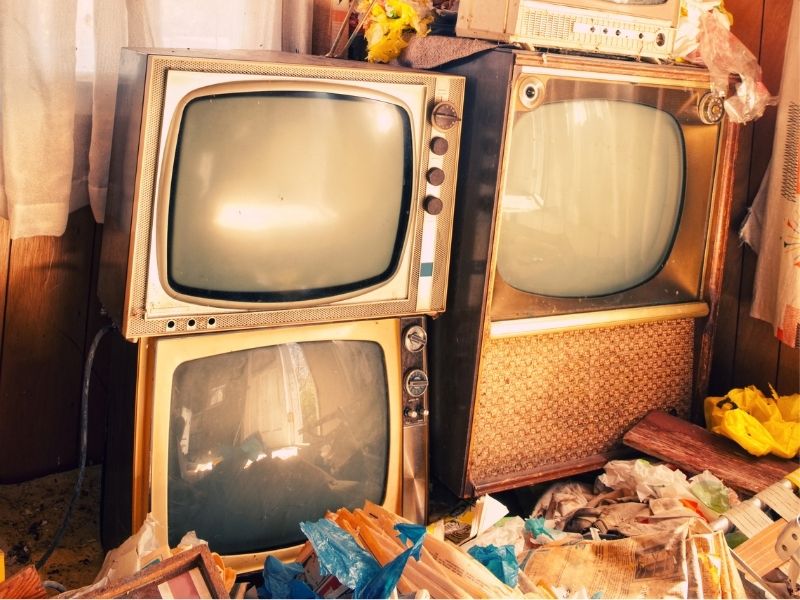Introduction
Hoarding is a complex psychological disorder characterised by the excessive accumulation of items, often leading to unsanitary and unsafe living conditions. When it comes to cleaning up a hoarded space, the task is not just about decluttering and organising; it also involves managing numerous health and safety risks. Trauma Clean 24 Seven understands the gravity of hoarding clean-up and is committed to addressing these risks for both the individuals affected by hoarding and their dedicated clean-up teams.
Biohazard Concerns
Hoarded spaces can become breeding grounds for various biological hazards. As items accumulate, they create hiding places for pests such as rodents, insects, and even mould. This, in turn, leads to the increased risk of infestations, allergies, and respiratory problems. Cleaning up these areas requires handling biohazardous materials like mould, faeces, and urine, necessitating proper personal protective equipment (PPE) and expertise to prevent the spread of disease.
Structural Hazards
The structural integrity of a hoarded home or property is often compromised due to the excessive weight and disorganisation of the items. This poses risks such as falling objects, unstable walkways, and even structural collapse. Clean-up teams must be cautious while navigating through these areas to ensure their safety.
Mental Health Risks
Hoarding clean-up is not just physically demanding but emotionally taxing as well. Individuals affected by hoarding often have deep emotional attachments to their possessions, making the process of disposing of items a challenge. This can lead to emotional distress and even confrontation, which may impact the mental well-being of both the individuals and the clean-up crew. It is essential to approach hoarding clean-up with sensitivity, empathy, and professional training to address these mental health risks.
Contaminants and Odours
The accumulation of items and lack of proper ventilation can lead to the build-up of noxious odours and contaminants, including chemical residues and pet waste. These contaminants can cause respiratory problems and other health issues. Hoarding clean-up professionals need to be equipped with the right tools and cleaning agents to address these issues effectively, ensuring that the environment is safe for habitation once the clean-up is complete.
Legal and Ethical Considerations
Hoarding clean-up often involves navigating a complex web of legal and ethical considerations. This may include issues related to tenant rights, child or elder abuse, and biohazard disposal regulations. Clean-up teams must be well-versed in these legal aspects to ensure they operate within the bounds of the law while providing a safe environment for all involved parties.
Proper Training and Equipment
Given the myriad health and safety risks involved in hoarding clean-up, it is essential that the clean-up teams are properly trained and equipped to handle the job. This includes knowledge of proper waste disposal, handling of biohazardous materials, structural assessment, and a compassionate approach to dealing with affected individuals.
Conclusion
Hoarding clean-up is a challenging and multifaceted task that involves addressing a range of health and safety risks. Trauma Clean 24 Seven recognises the importance of not only decluttering and sanitising hoarded spaces but also ensuring the safety and well-being of everyone involved. Properly equipped and trained teams, as well as a compassionate approach to addressing the mental health aspect of hoarding, are crucial in mitigating these risks and ultimately providing a safer and healthier living environment for individuals affected by hoarding.

